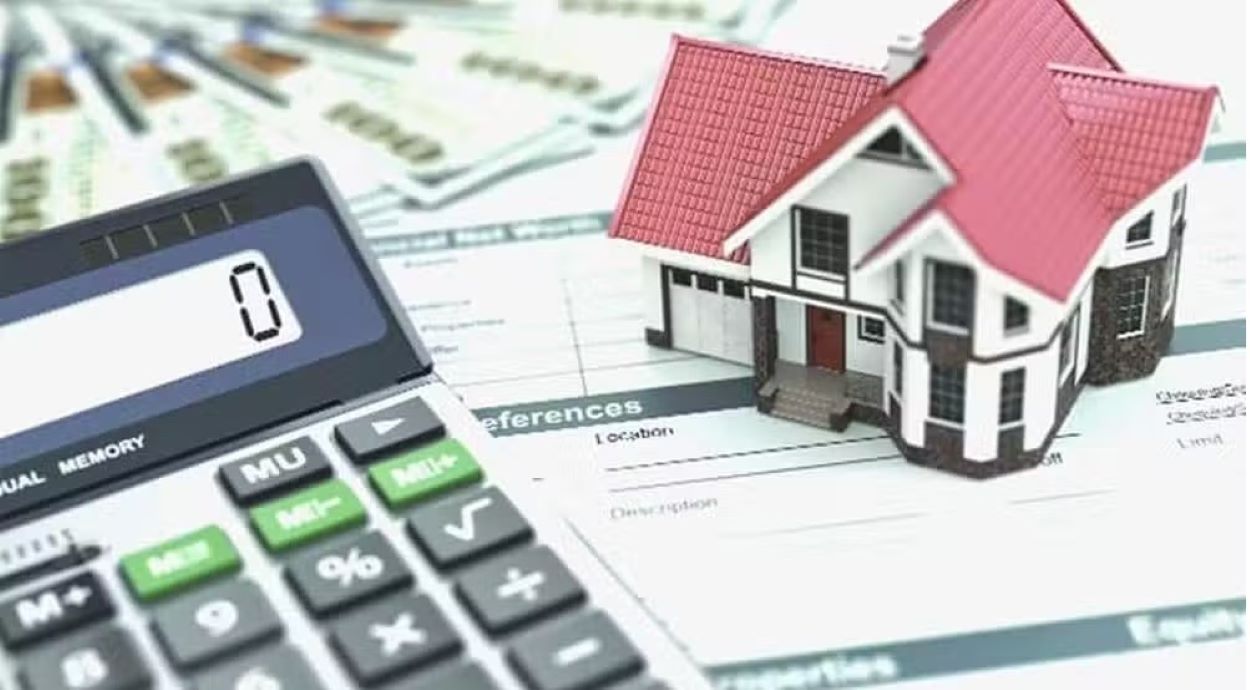The Federal Board of Revenue (FBR) has increased property valuation rates by up to 80% in 56 cities, effective November 1. This move aims to align property values with market rates and boost revenue collection. It also seeks to redirect investment into more productive economic sectors. The update includes 12 new cities, such as Bannu, Chiniot, Kotli Sattian, and Ghora Gali, and follows recent tax reforms in real estate announced in the latest budget.
FBR Chairman Rashid Mahmood Langrial stated that the updated valuation rates reflect property type and location factors. This is the fifth adjustment since 2018.
The FBR released updated valuation tables on its website late Tuesday, covering around two dozen cities at the time of the report. These valuations will determine federal taxes, such as capital gains tax (CGT) and withholding tax. Unlike many countries that levy taxes based on transaction value, Pakistan uses the declared collector value, often much lower than the actual transaction price.
The FBR also collects withholding taxes under Sections 236C, 236K, and 7E of the Income Tax Ordinance, including a 5% federal excise duty on property transactions imposed in the last budget. Provinces have also raised district collector (DC) rates for property transactions.
Last fiscal year, the FBR collected nearly Rs150 billion in advance income tax from property transactions under Sections 236C and 236K.
Since 2016, the FBR has worked to establish fair market property prices in major urban centres. District collectors issue provincial valuation tables under Section 27-A of the Stamp Act of 1899.
A senior tax official said the rate increases were less significant than expected. “We have raised rates modestly, below market expectations,” he noted, using mid-range plot values as benchmarks for the updates.
Determining accurate transaction values remains challenging, as property prices vary greatly across societies and cities.
A World Bank study estimates that real estate transactions in an economy similar to Pakistan could generate between Rs600 billion and Rs700 billion in tax revenue. However, the official estimate is that the actual collection is about Rs200 billion.






